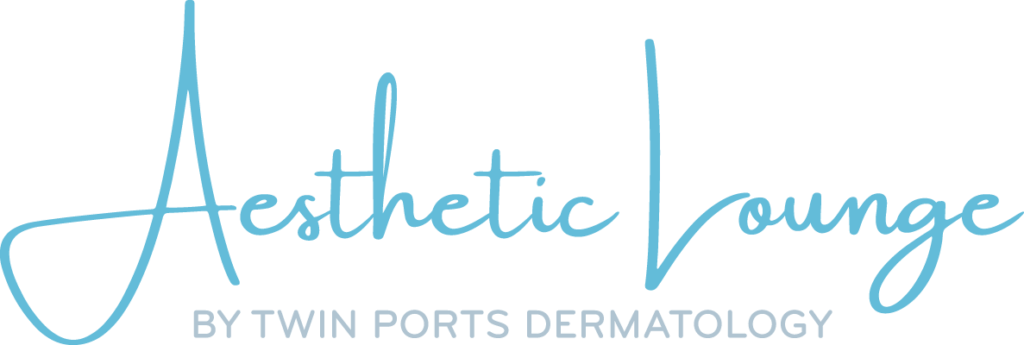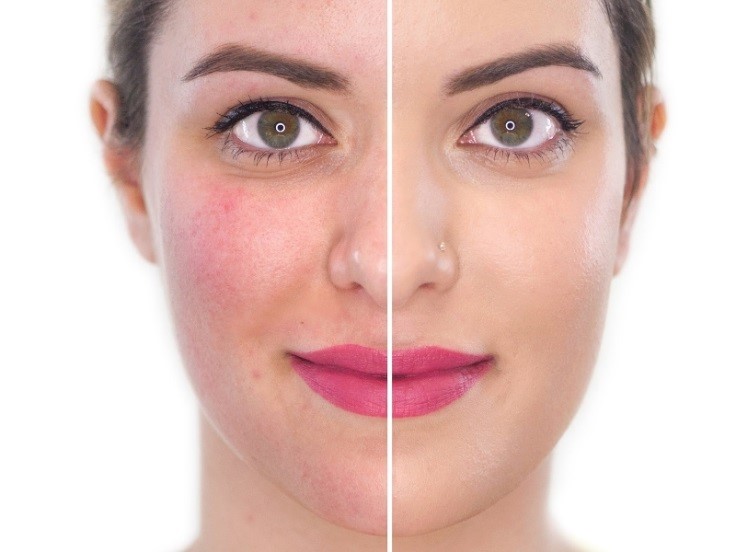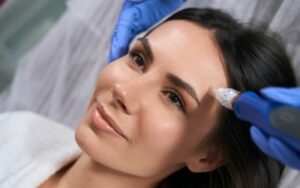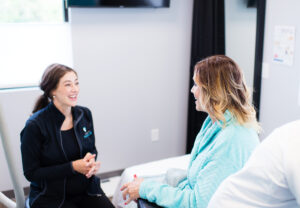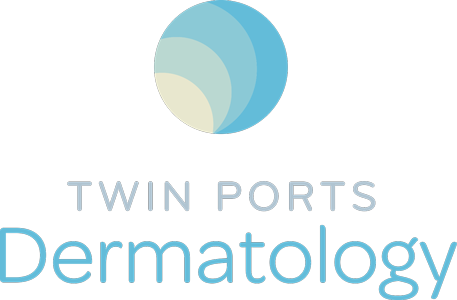Rosacea, also known as adult acne, is a common skin problem that may arise at any time. It is however, more common after 30 years old. Most people tend to flush/blush which gradually leads to ongoing redness in cheeks, nose, chest, back, and even the ears. The redness may lead to permanent structure changes within the skin such as; telangiectasias (small dilated blood vessels), rhinophyma (thickening of the nose), dry red eyes, and acne like breakouts.
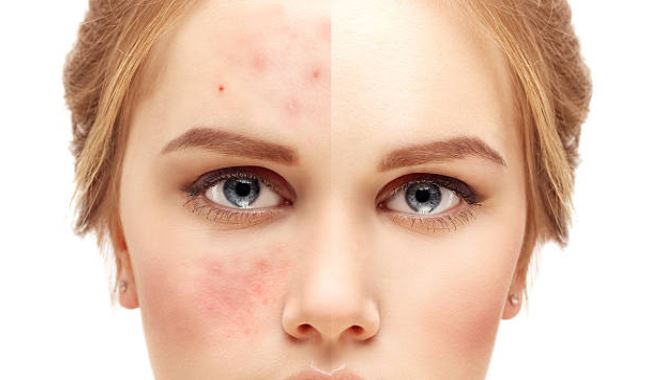
Where does rosacea come from? Most of us can thank our parents for our nice northern European skin, others; an overgrowth of a mite normally on the skin, may be to blame. In other individuals, it is self-inflicted from chronic solar exposure, or harsh products on the skin.
Once the diagnosis of rosacea is made, several points are discussed to see if there is an external trigger that can be found and avoided.
First, what makes us flush or breakout? Some common troublesome items are; red wine, spices, coffee, stress, hot food, exercise, and weather. This, however, may not be your trigger and it takes a lot of investigation to figure this part out.
I was personally diagnosed with Rosacea in my early 20’s. I tried everything known to the acne world to get my breakouts to stop. I tried scrubs, washes, and sun exposure which all my friends said worked great but was only making my skin worse. I was frustrated and had never heard of “rosacea”. Once I started reading about the diagnosis I figured out that everyday life and my own “ideas” about treatment only increased my problem. Through trial and error, I found that exercise, hot flashes, stress, red wine, Neutrogena products and poor diet triggered my rosacea. When I avoid these items, it was better, but life sometimes gets in the way and wine and/or chocolate in necessary.
REQUEST A CONSULTATION
Rosacea may leave people frustrated, embarrassed, with decreased self-esteem and some work-related issues.
Treatment of the condition consists of finding the right combination of medications, products, and treatments that will work well for the individual. It starts at home and builds from there.
First, try to figure out what the triggers are and avoid them. This goes a long way. Word on keeping the skin healthy and protect it from the sun with a broad-spectum sunscreen including both UVB/UVA coverage and a wide brim hat. Some studies show the more natural a diet, the less flushing you may have.
Second, wash your face two times a day with a perfume free soap such as Cetaphil, Vanicream or like products. Use cool water and fingertips, then pat dry. Watch your skin at this point and if what you are using is turning your skin red, you should try something else. I am often asked about the soft brushes (Clarisonic) for the skin, for the most part I don’t recommend these for patients with Rosacea as it may cause more redness.
TESTIMONIALS
*individual results may vary
Focused light treatments and lasers do help remove the redness and dilated blood vessels. This has very nice results and rapid change of the skin texture and color. This treatment can be used on the face, nose, and chest. We offer these treatments at Twin Ports Dermatology.
If you have ance prone skin with a red face the “Adult Acnomel” may provide some relief.
For the redness use a makeup with a green or yellow tint to cover the red. There are several make-up lines that do have anti-redness products. Its hard to tell which one will work best for you. For example, as mentioned above Neutrogena and I had to part ways, yet for my daughter (yes, I passed it onto her) it works great. It’s about trial and error and working together to find the best treatment plan with a combination self-investigation, medical, and light therapies.
We are here to help and work with you to find the best option for you! Call us for an appointment today. 218-302-1000.
